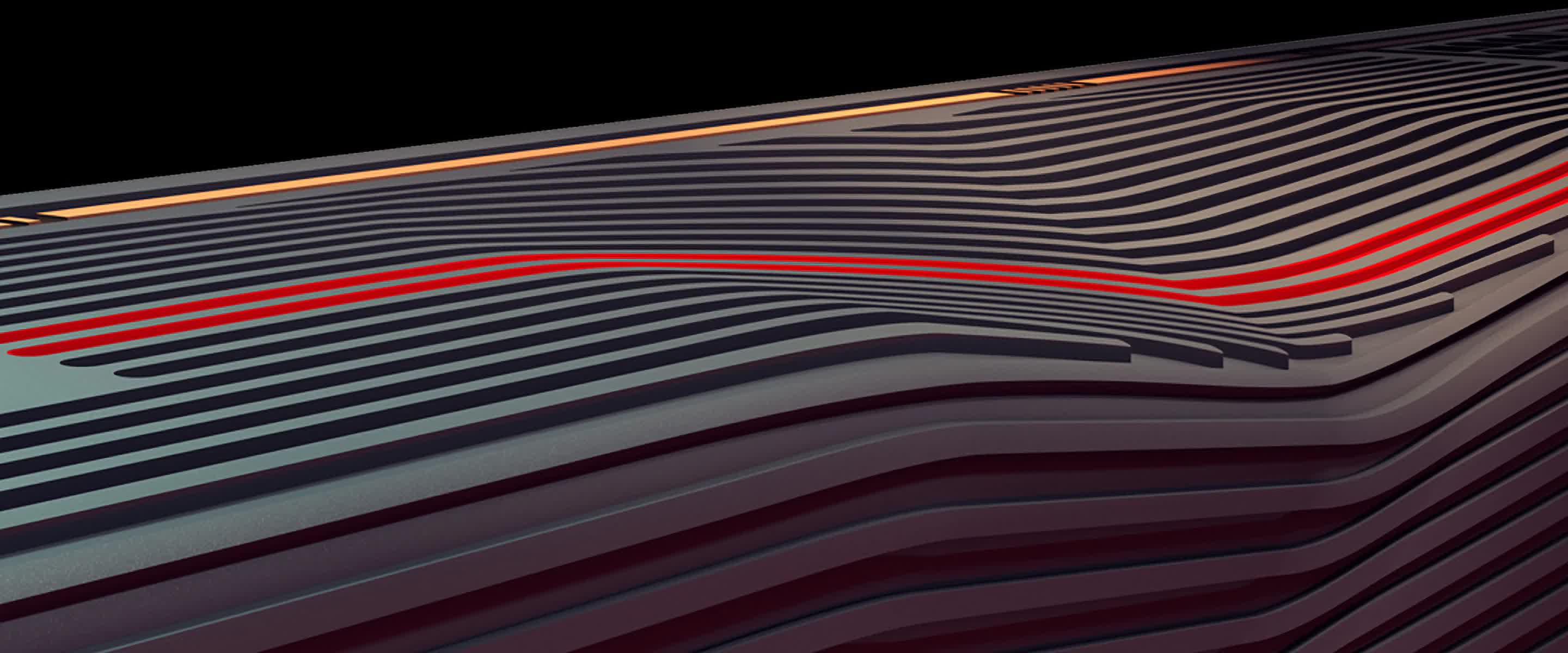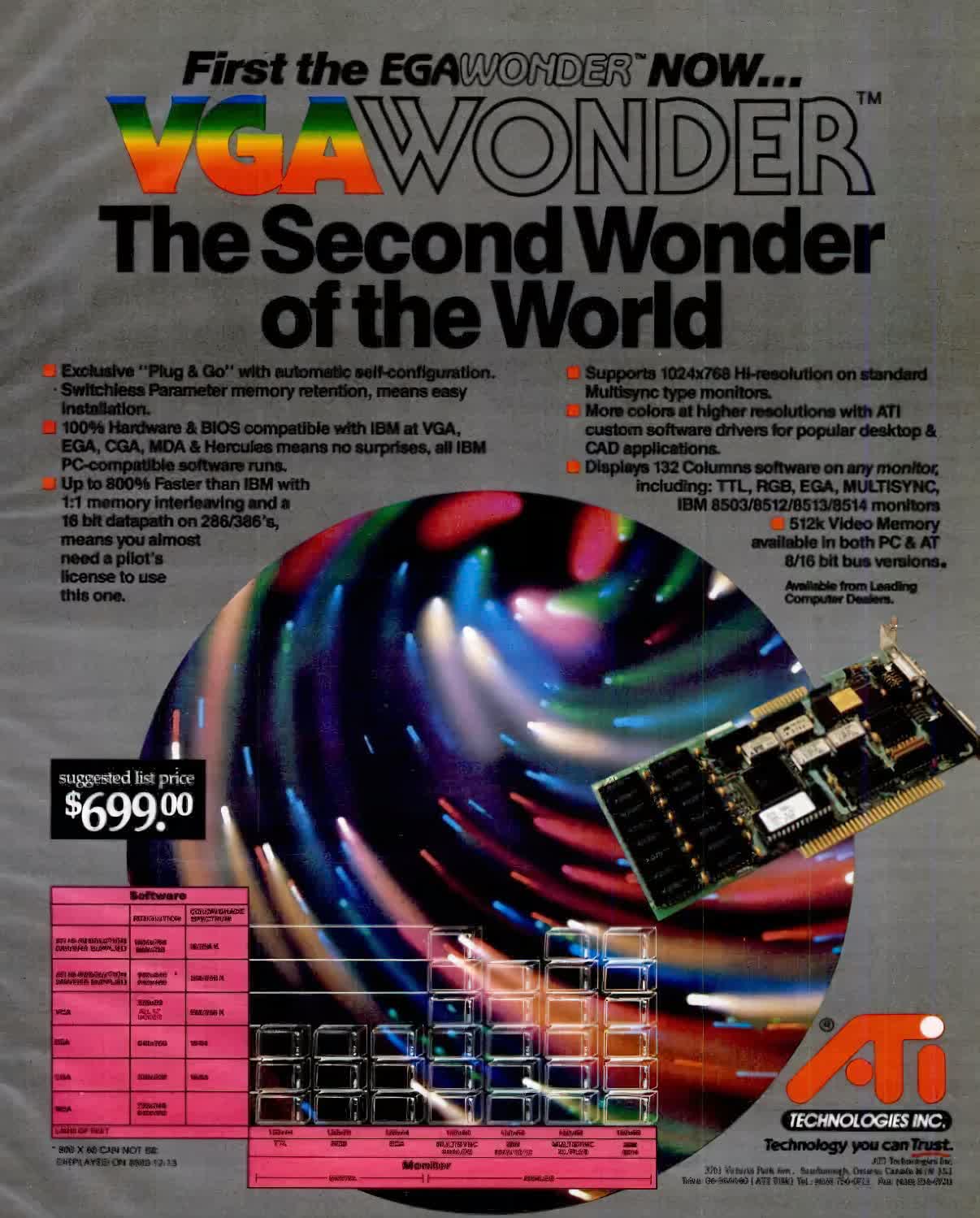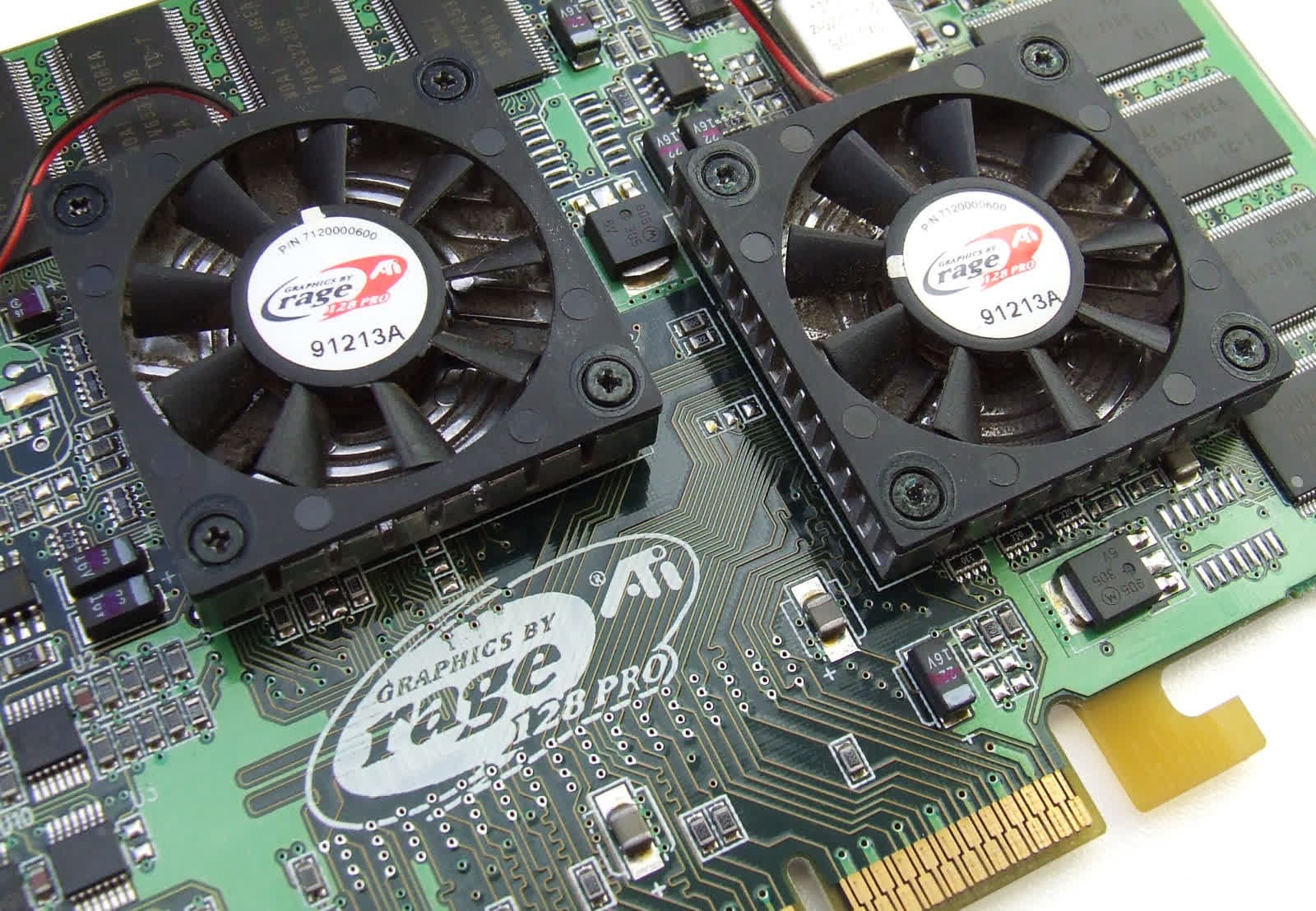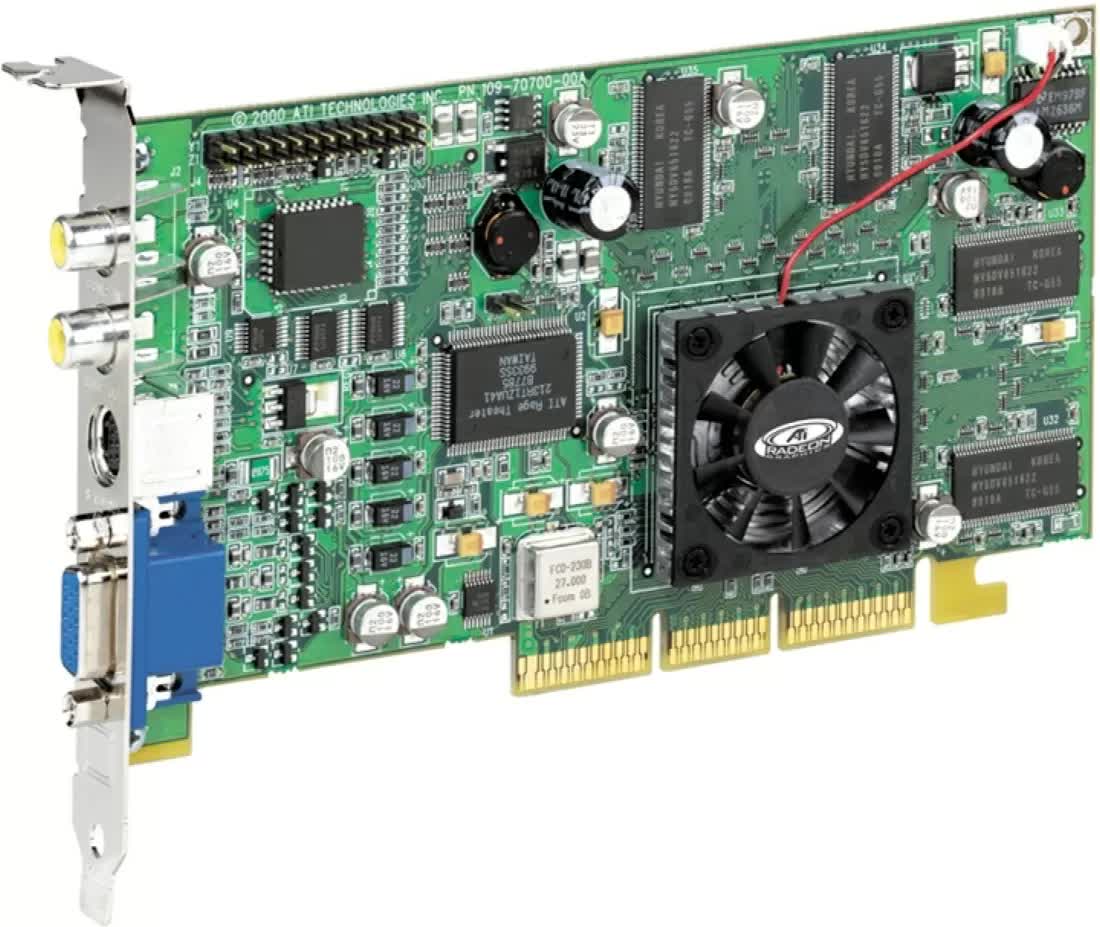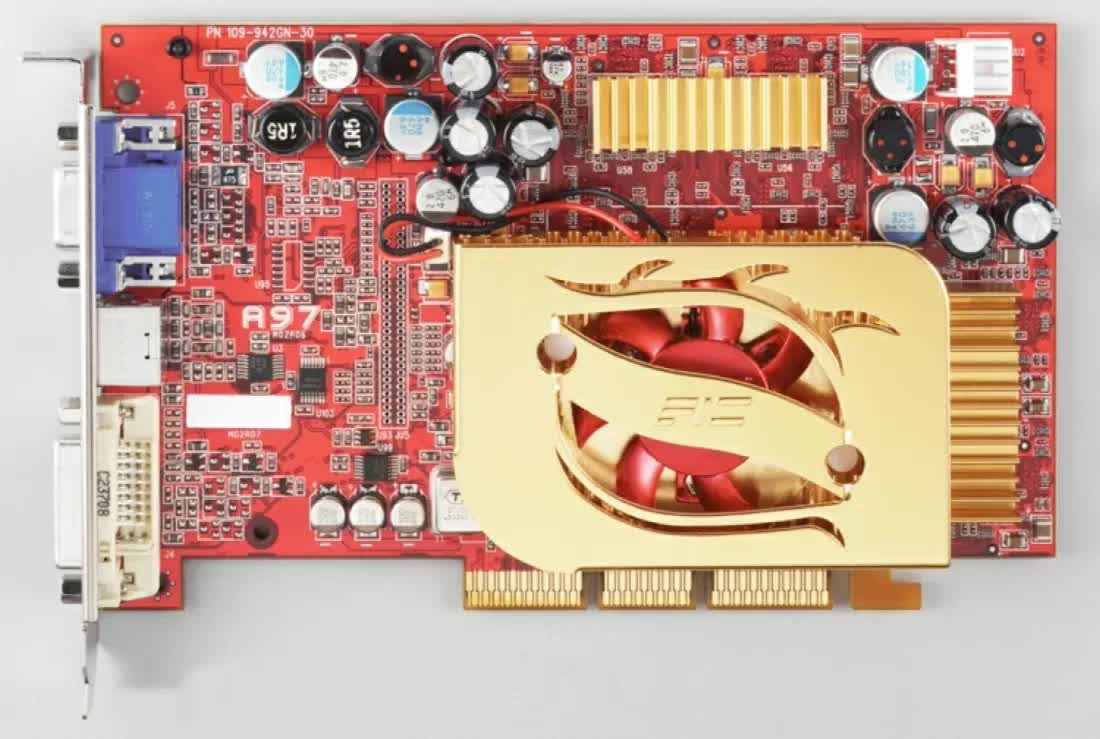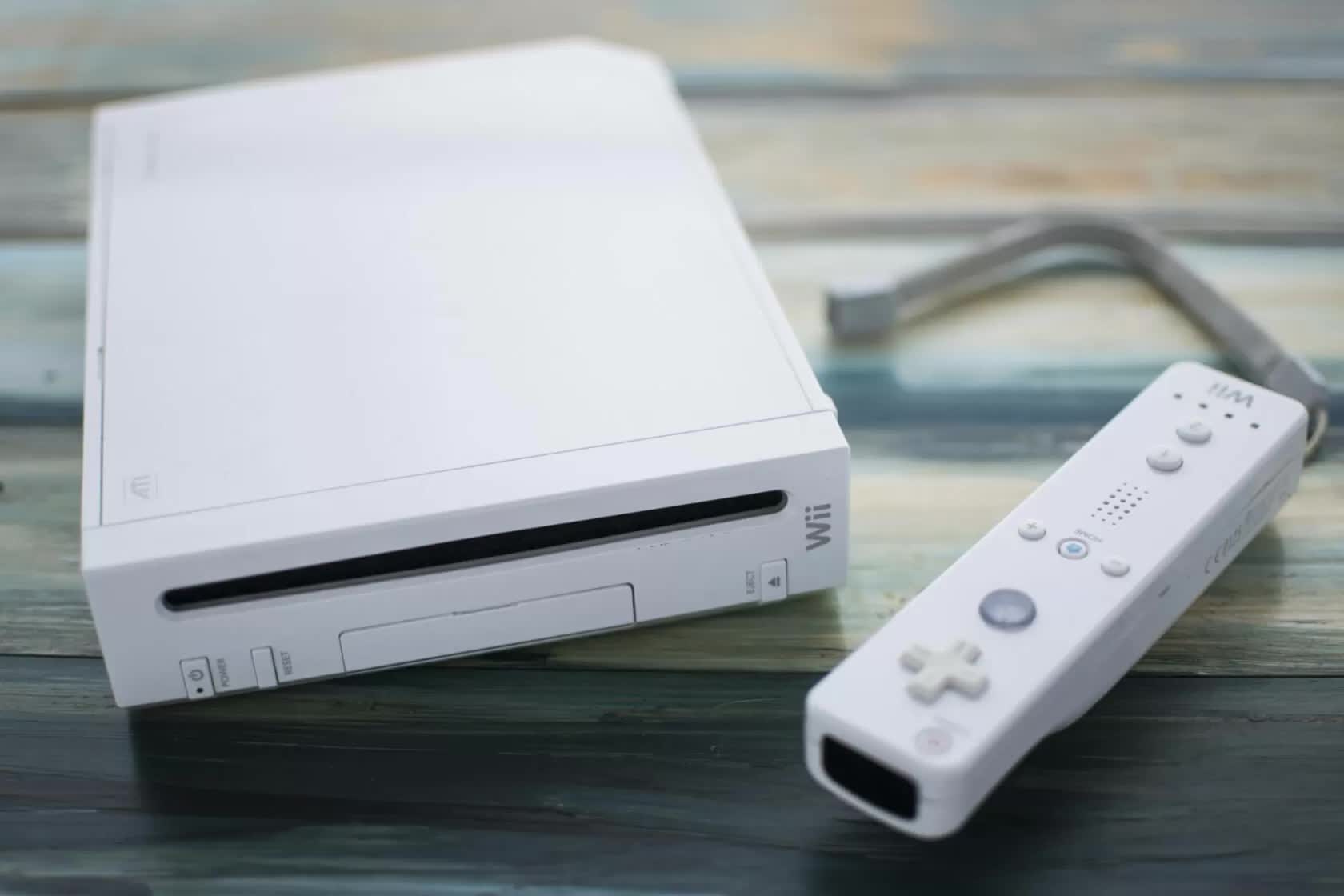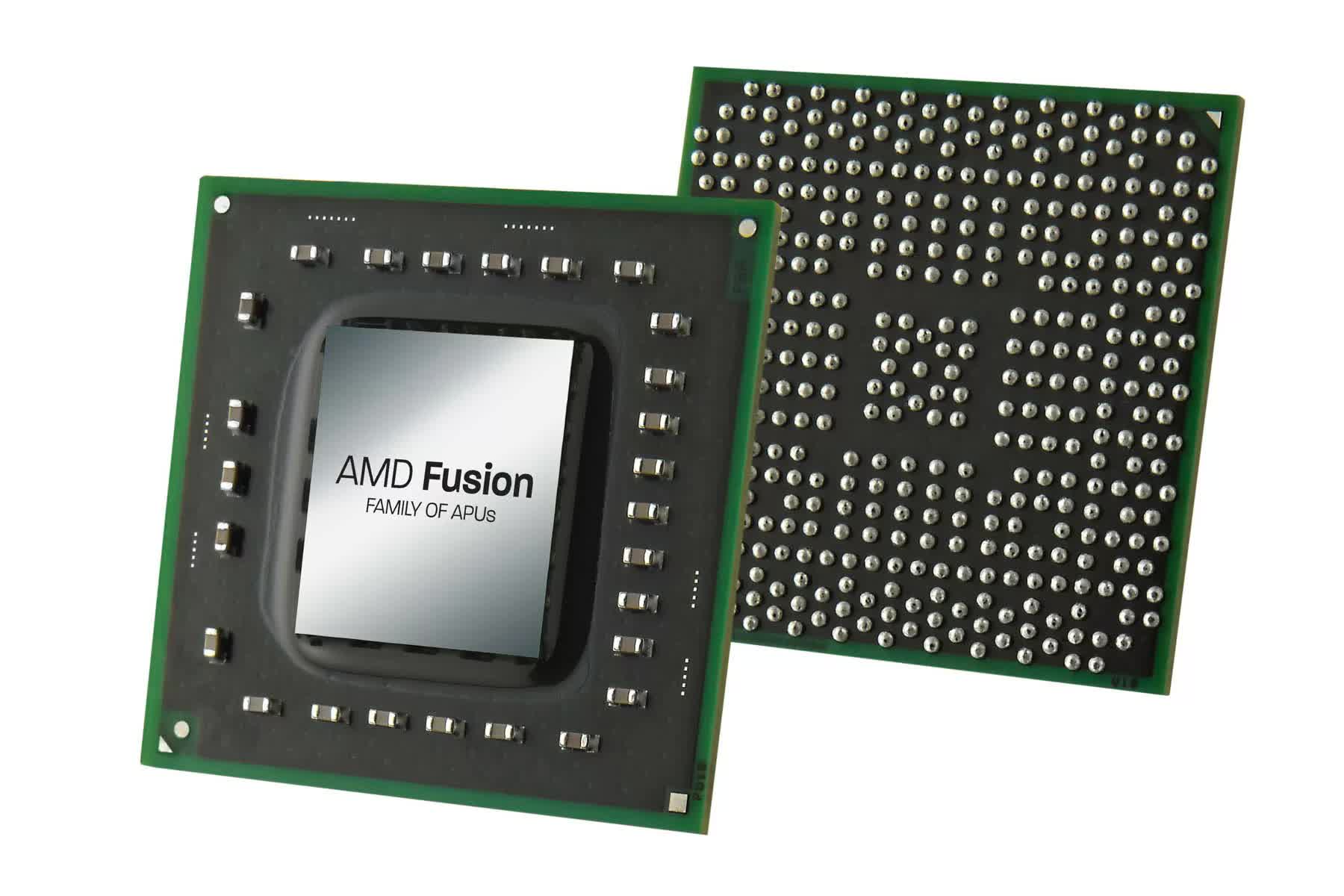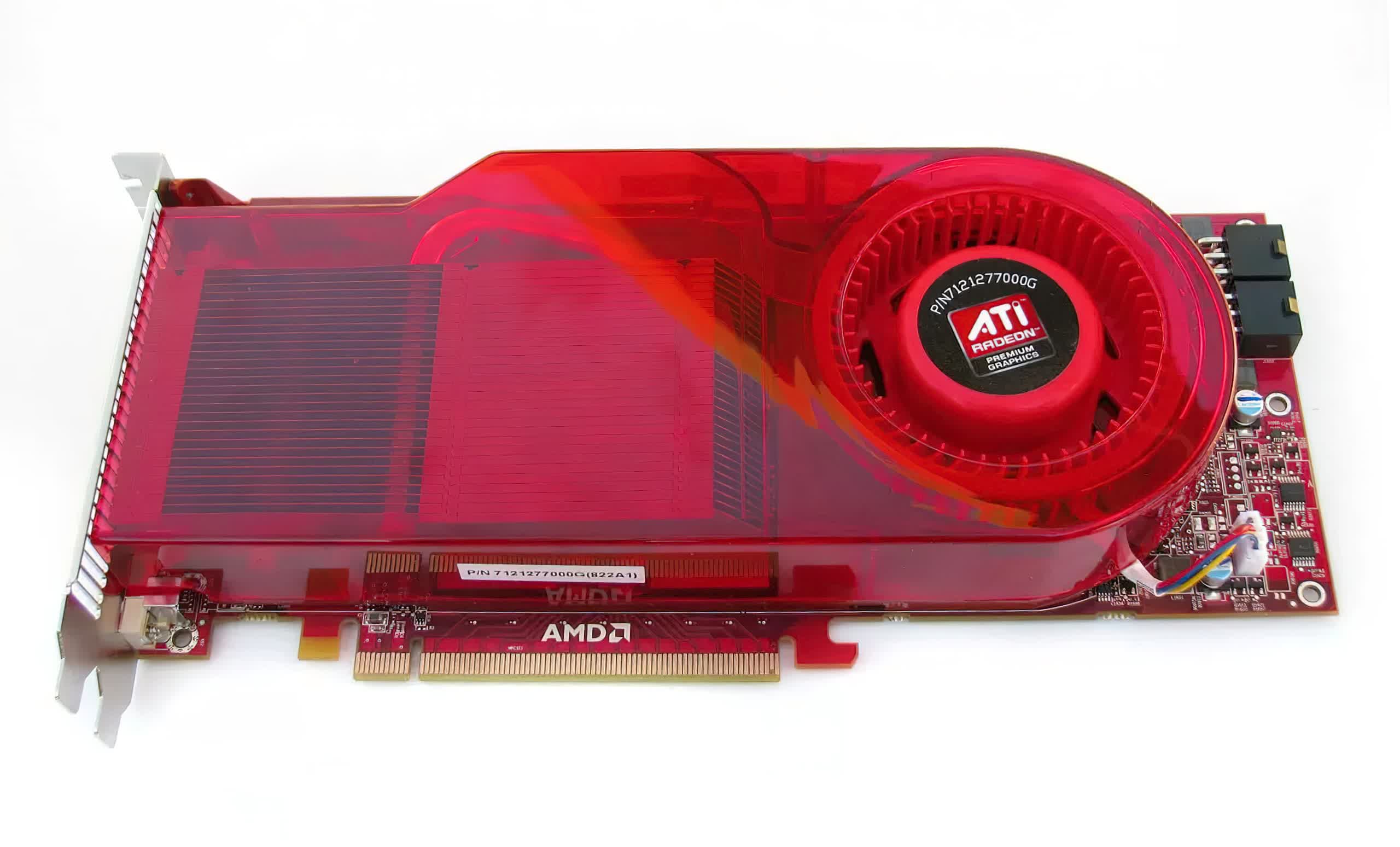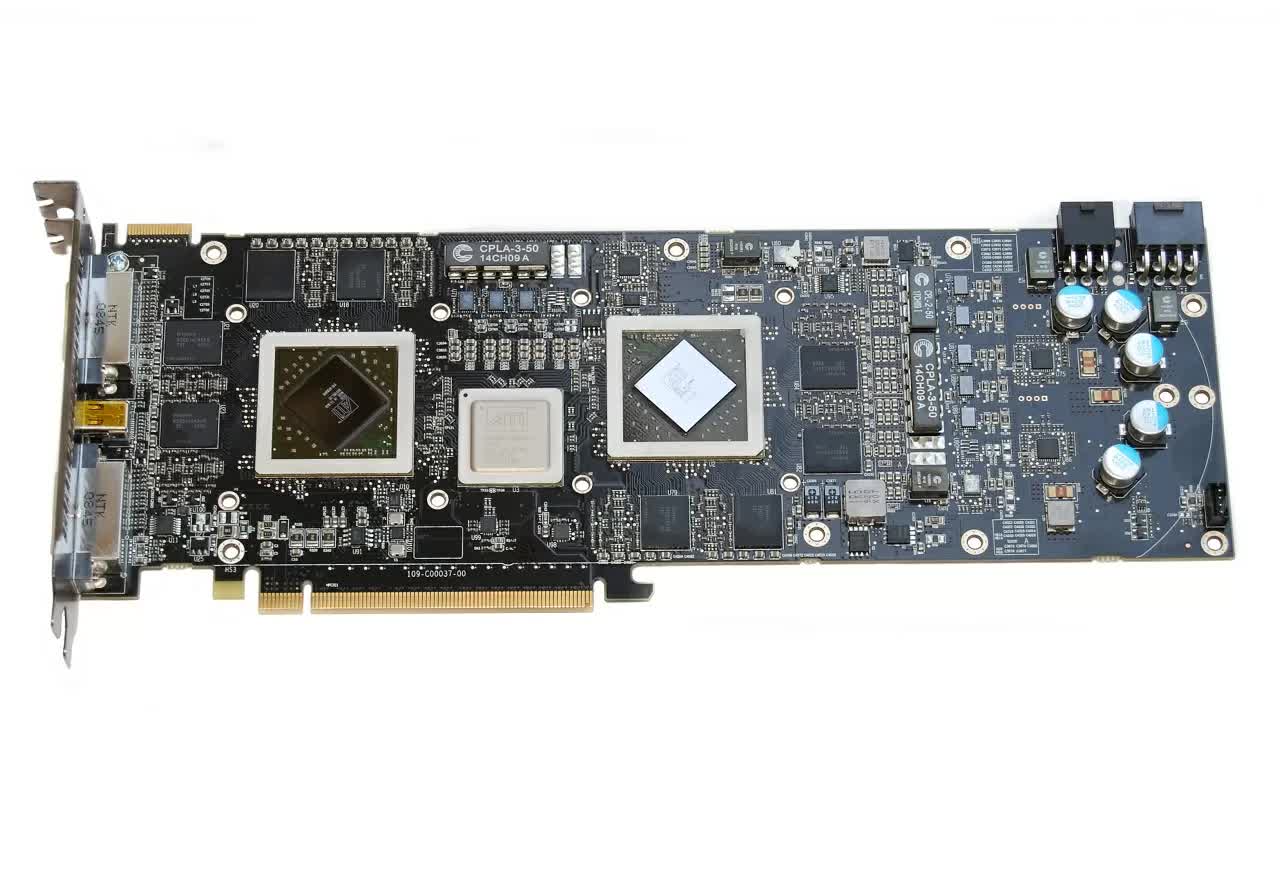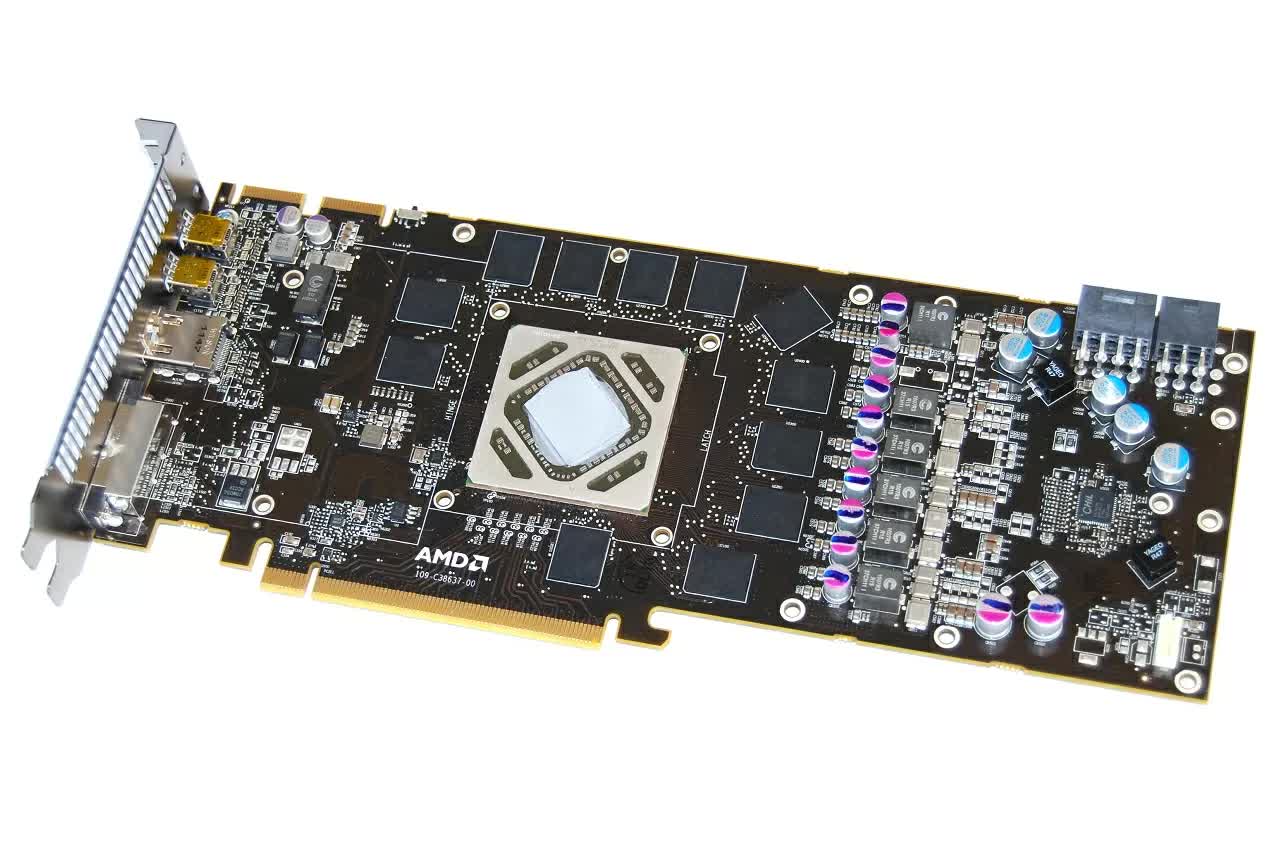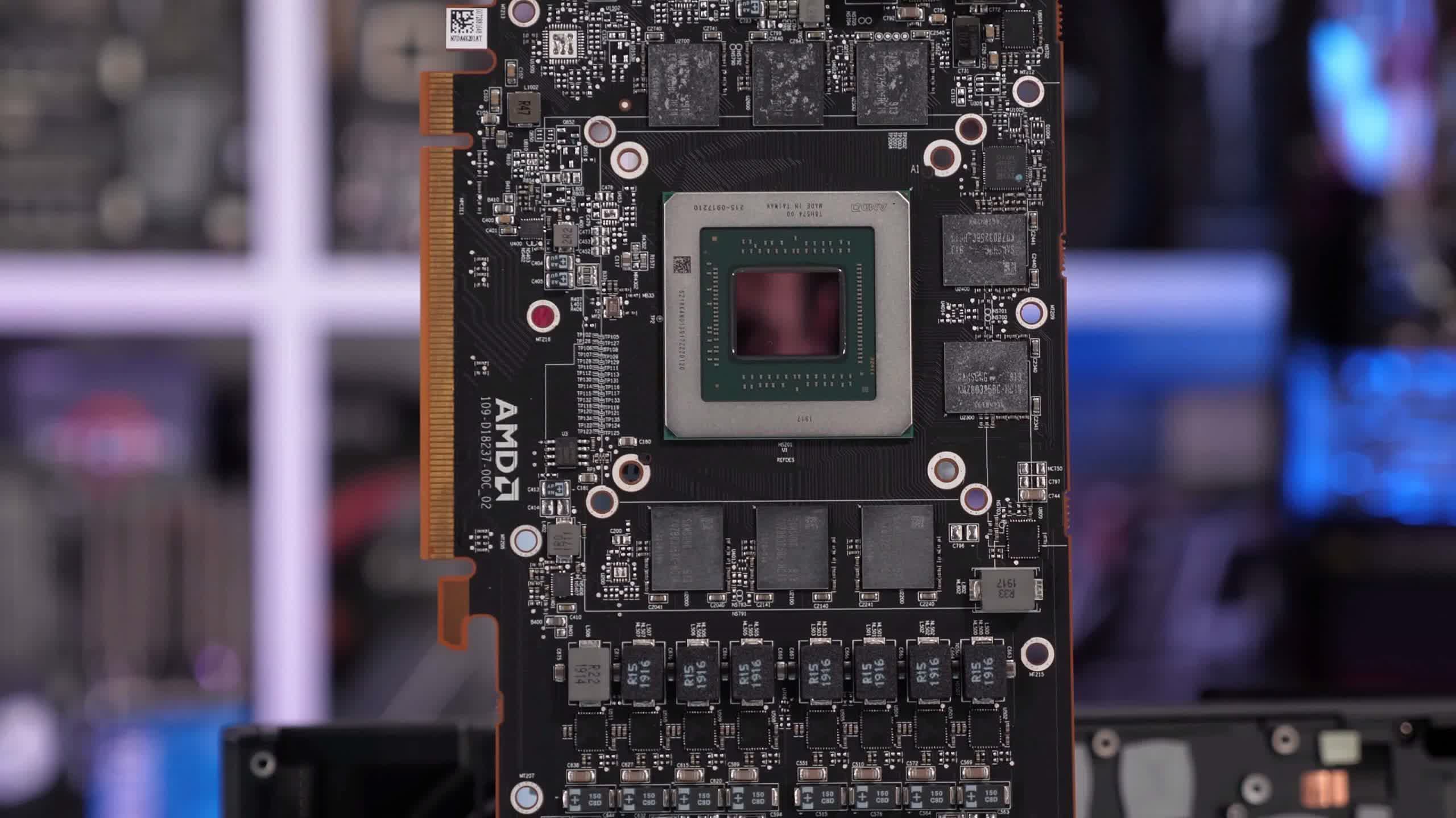There's plenty of graphics history and technology to unpack here. When AMD purchased ATI, it didn't just absorb the company, but continued its reputation of being a graphics powerhouse for years to come. Looking back, you can see how AMD set itself up for this kind of success although for many years it didn't look so rosy.
Enthusiasts have seen some impressive products from their favorite chip makers, with AMD boasting top-performing CPUs and GPUs these days. With a wide array of products in history to showcase from the ATI and AMD graphics lineup, there are a select few that pushed the industry forward, impressed critics, and brought financial success to the company.
ATI VGA Wonder
The VGA Wonder Series helped put ATI on the map in the late 1980s. The VGA Wonder was an add-in card for IBM PCs in the late '80s, featuring up to 512kb of video memory. It allowed display resolutions of 1024x768, and it featured automatic mode switching. Follow up models like the Wonder 16 and VGA Edge helped spread the ATI name, and eventually, the VGA Wonder series were merged into and then replaced the Mach series of 2D accelerators. Graphics cards from this era even included an input port for a mouse.
ATI Rage 128
Image credit: Trio3D
The 3D Rage was billed as the company's first 3D accelerator, hoping to augment its high-quality 2D performance with more features. However, it missed the boat on Z-buffering, meaning it didn't quite work out as a stout competitor to rivals like the Nvidia NV1. Oops.
Fortunately, it was followed up by Rage II and eventually Rage 128. The Rage 128 helped bring ATI to the mainstream, bringing performance on par with the Nvidia RIVA TNT and the Voodoo 2. The Rage 128 could do this by offering higher performance in the high-quality 32-bit color mode. Some rivals didn't even offer this mode!
The high-performance enthusiast follow-up to the Rage 128 was the Rage Fury MAXX, which featured dual GPUs on a single board, a design that ATI (and AMD) would lean on in the future. Expectations of the 64 MB Fury MAXX were sky-high. Unfortunately, the price and operating system support of the card limited its success.
ATI Radeon DDR
While ATI never managed to rule the benchmarks, its offerings were average performers with appealing prices. The Radeon DDR with its faster memory, launched in August 2000, showing how committed ATI was to the gamers graphics card market.
With 64 MBs of memory and a high transistor count, the Radeon DDR implemented new features like environmental bump mapping, in addition to brand new DirectX 8 support. Thanks to its 32-bit color performance and video-in and video-out support, the Radeon DDR was an important highlight in ATI's history.
ATI Radeon 9700
By 2002, ATI had built a decent reputation of offering graphics cards with plenty of features, even if they didn't always deliver the fastest 3D rendering. Things changed when ATI acquired ArtX, the folks who designed the graphics chips in the Nintendo 64 and Nintendo GameCube. As a result, the third-generation Radeon was a monster in just about every way.
It was the first card to bring DirectX 9 support, including shader, vertex, and pixel models 2.0. Furthermore, its flip-chip GPU package, allowed the card to run cooler and with higher clock speeds. It beat the top-end Nvidia GeForce 4 Ti 4600 in 3D performance, even when enabling demanding features like anti-aliasing and anisotropic filtering. This generation of graphics cards wasn't just popular with deep-pocketed enthusiasts, as some mid-range Radeon 9500 models could be modded into a 9700 with some tweaks, furthering the value of ATI's products. This chip had legs and managed high frame rates in games for several years.
Enter console graphics: Flipper and Hollywood
It's important to bring up Flipper, the graphics technology behind the Nintendo GameCube. Designed by ArtX, which was later acquired by ATI, the Flipper featured a few smart features that kept it efficient and cost-effective. While the GameCube was cheaper and smaller than other consoles on the market, it boasted similar graphics quality and even some impressive effects including the paint in Super Mario Sunshine and water in WaveRunner.
The GameCube and Flipper are a short note in comparison to the Nintendo Wii and its Hollywood GPU which was also designed by ATI around the time of its acquisition by AMD. While the technology was just 50 percent faster than Flipper in the GameCube, the commercial success of the Wii was a huge win for AMD, as it turned out massive sales year after year.
With over 100 million Wiis sold, AMD and ATI weren't just in the PC market, but consoles as well which opened an entire new segment for the company. Graphics tech from AMD made it into the (equally successful) Wii U, the Xbox 360, Xbox One, PlayStation 4, Xbox Series X/S, and PlayStation 5.
AMD Fusion APUs
After the ATI acquisition, the next logical step was to combine their technology. Dubbed the Accelerated Processing Unit or APU, these chips could find success in markets beyond the traditional PC gamer, like in low-power embedded solutions and mobile chips or size conscious HTPCs and consoles.
The first AMD APUs, marketed as Fusion, arrived in 2011 as the Brazos platform that could best Intel's Atom CPUs and Nvidia's Ion GPUs with one chip. On the desktop side, the A8-series APU showed that AMD could combine strong CPU performance with 3D rendering that could embarrass Intel integrated graphics. This meant AMD could provide a single, complete solution for many markets.
ATI Radeon HD 4870
With the launch of the ATI Radeon HD 4850 and 4870, the company impressed gamers with products that could keep up with Nvidia's flagship chips, but at lower price-points. Even when Nvidia released its GTX 260 and GTX 280, the Radeon cards looked like the better picks since they were more affordable, yet still in the same ballpark performance-wise.
The HD 4870 was also among the first cards to use GDDR5, beating Nvidia to the punch by over a year. When ATI needed another bump up the benchmarks, the HD 4870 X2 arrived to put the screws to the competition.
ATI Radeon HD 5970
Perhaps ATI's crowning achievement in the late 2000s was the Radeon HD 5970, a card that dominated everything before (and after its release thanks to some TSMC issues that slowed down Nvidia's 40 nm process). It packed an incredible amount of stream processors (3200!), a 725 MHz core clock, and dual 1 GB banks of GDDR5.
Did we mention it was a dual-GPU layout? Another significant addition to this card was Eyefinity, ATI's on-die display controllers that allowed for six simultaneous active displays. These cards were highly sought after with many enthusiasts disappointed with the limited supply.
AMD Radeon HD 7970
The first PCI-Express 3.0 Card, not to mention the first product using the Graphics Core Next (GCN) architecture, was the flagship Radeon HD 7970. The GCN bones meant that the card was a solid general-purpose graphics processing unit (GPGPU) and could perform well when it came to gaming, too. A quick refresh of the 7970 was the GHz Edition, which bumped the clock rate to 1,000 MHz and featured a boost function that bumped the clock to 1,050 MHz, a feature that we still see on AMD cards today.
The GCN architecture used on this card laid the foundation for several significant products down the road including the R9 290X, R9 Fury X, Polaris-based cards like the RX 480, and the RX Vega series.
Features like variable refresh-rate Freesync debuted on the third generation GCN products, while the R9 Fury X and Vega models featured high-performance High Bandwidth Memory, which helped them appeal to professional users rather than just gamers.
AMD Radeon RX 5700
The Radeon RX 5700 featured GDDR6 and used a 7nm manufacturing process. These two aspects helped improve performance and pricing. Best described as a mid-range product with fewer stream processors than the previous Vega cards, the RDNA/Navi-based 5700 XT was able to keep up with the previous-gen flagship card (Radeon VII) in gaming at a more affordable price point.
The RX 5700 was followed up by the RX 6800 and 6900 XT series, which helped put AMD back at the top of the gaming benchmark standings. The technology behind these cards is also used in the latest generation of gaming consoles, the PlayStation 5 and Xbox Series S and X showing AMD has what it takes to deliver to gamers no matter the platform.
***
35 years later: How many of these have you owned?
Read next: A similar take on Nvidia's most significant GPUs of all time.
